Introduction
The Shivaji Maharaj started the sacred work of Swarajya. After the short reign of Sambhaji Raje, Peshwa Bajirao led the Maratha army and brought the kingdom to its zenith. Shahu Maharaj was the Chhatrapati of that time.
The Maratha Empire became possible because of many sacrifices of Maratha warriors. Peshwa Bajirao was one of the warriors who devoted most of his time to battles.
The Marathas had always been the rivals of foreign invaders. But, their power was limited to the Sahyadri Hills due to fewer resources as well as big enemies. However, when Shahu Raje became king, the situation changed.
But in the reign of Shahu Raje, not a single rival was able to challenge Marathas. Because for every plan of the enemy, the Maratha sword “Peshwa Bajirao I” used to have the answer.
After the death of his father, after proving he was the right choice, then Shahuji Raje chosen him as Peshwa. When he was appointed as Peshwa, the edges of the kingdom started expanding.
So, it is interesting to learn how he achieved success. So this biography can be an interesting read.
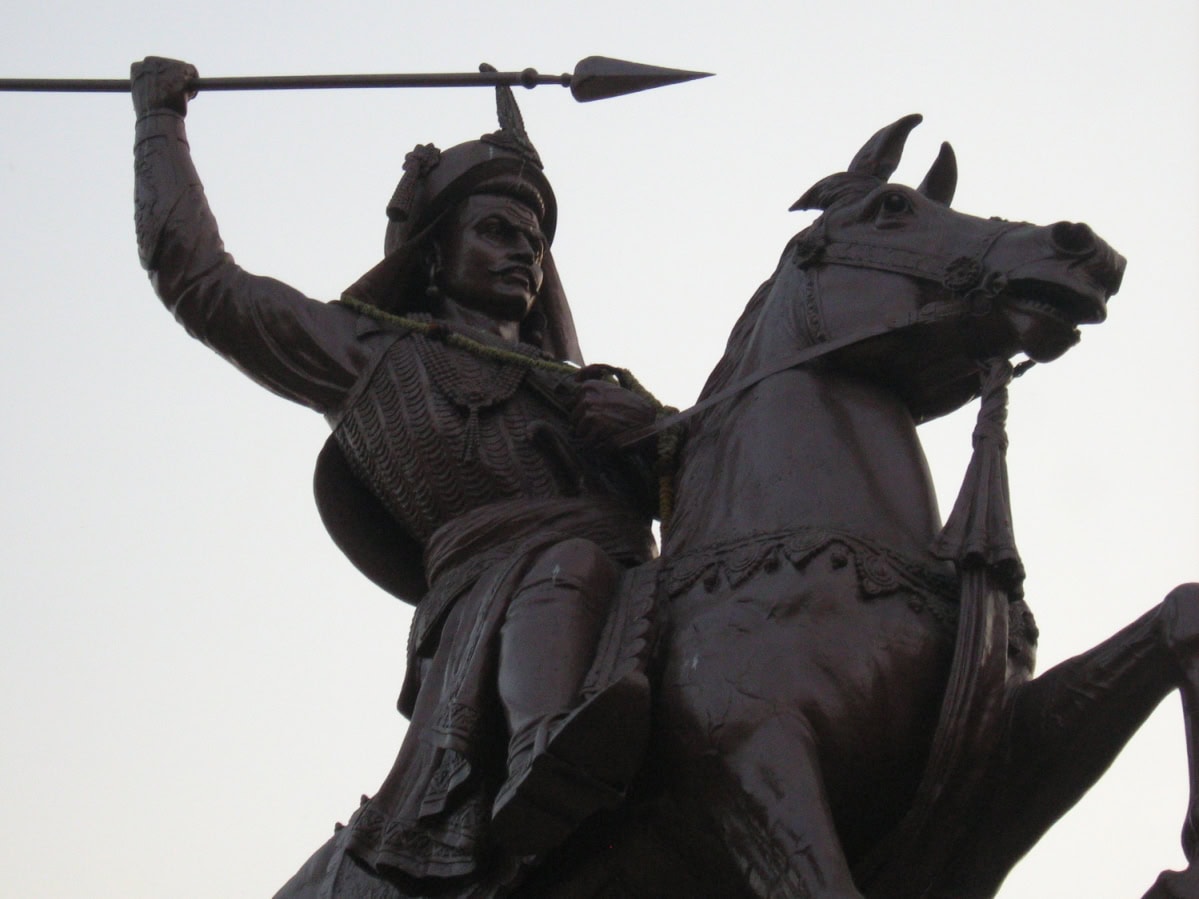
Brief Information
|
Information
|
Details
|
|
Full Name
|
Bajirao Ballal Bhat
|
|
Identity
|
Peshwa of Maratha Kingdom
|
|
Birth
|
August 18, 1700 CE in Pune, Maharashtra
|
|
Parents
|
Father: Balaji Vishwanath, Mother: Radhabai
|
|
Occupation
|
Prime Minister of Maratha Court
|
|
Wives
|
Kashibai, Mastani
|
|
Children
|
Nanasaheb, Ramchandra, Raghunath and Janardhan
|
|
Religion and Caste
|
Religion: Hindu, Caste: Brahmin
|
|
Death
|
April 28, 1740 CE (40 years)
|
Background History
After the death of Shivaji Maharaj, who was the founder of Swarajya. Sambhaji Maharaj actively carried out its campaigns. However, after his short 9-year reign, there was no stable authority who could govern in the right way.
After Sambhaji Raje, Rajaram Maharaj became Chhatrapati. But when he came to the throne, he also died too early.
Tararani kept the Maratha kingdom alive
Therefore, the wife of Maharaj Rajaram named Maharani Tarabai controlled and kept the Maratha kingdom alive from the fort of Ajinkya Tara.
After some time, his father Balaji Vishwanath became a Peshwa. In history, we saw him as one of the successful Peshwa of his time. He started the tradition of Peshwai in the kingdom.
Irresponsibility of Shivaji II
The son of Tarabai Shivaji II was a young child, so she ruled on behalf of him. When Shivaji II became a teenager, he used to live a luxurious life. He showed no interest in court and politics, which disappointed courtiers such as Balaji Vishwanath.
Peshwa Balaji Vishwanath supported Shahu Raje to become the Chhatrapati after Prince Azam Shah freed Shahuji from Delhi.
So, when Shahu Raje was freed from Delhi, Peshwa Balaji Vishwanath supported Shahuji to become the Chhatrapati.
So after winning the battle against Shivaji II and Tarabai, he continued his position as the Peshwa. He carried out his duty very honestly. But his health dropped to a great extent.
Shahu I became a Chhatrapati
After the unexpected death of Balaji Vishwanath, his son Bajirao Ballal took over as the Peshwa. He proved himself to the courtiers and became the Peshwa at the young age of 20. This happened in the royal court of Chhatrapati Shahu I at Satara.
Death of existing Peshwa and his Father
Peshwa Balaji Vishwanath had a sudden fall in his health. He took a leave for recovery and came to Saswad village, but he died in 1920.
Appointment of Bajirao I as a Peshwa
Due to the sudden death of Maratha Peshwa Balaji Vishwanath, the entire administration collapsed.
Now, there was a big question in front of Shahu Maharaj that who would be liable for this responsibility?
There were so many Knights, Senior and experienced people in court. In contrast, Bajirao was only 20 years old. But just after the short contest, Shahu Raje selected him as the next Peshwa.
Because of the choice of Shahu Maharaj, all ministers in his court felt jealous of Bajirao Peshwa. After he became Peshwa, he didn’t take a long time to prove that the decision of Shahu Raje was right.
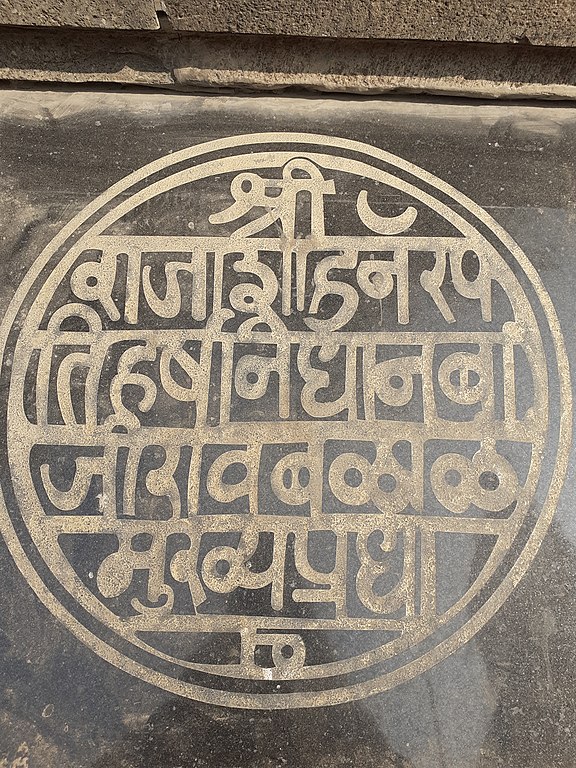
Birth
Balaji Vishwanath and Radhabai were the parents of Peshwa Bajirao, a prominent figure in the Maratha Empire.
The real name of Peshwa Bajirao was Bajirao Ballal Bhat. He was born on August 18, 1700 CE into the Konkanastha Chitpavan Brahmin family.
Bajirao was born in the town of Sinnar, which is now part of the Nashik district in Maharashtra, India.
Family
Balaji Vishwanath served as the first Peshwa, or prime minister, of the empire. Radhabai was a devoted and influential woman who played a crucial role in shaping the early life and career of Bajirao.
Family love of Peshwa Bajirao
One day, the chieftain in the forces of Shahu Raje named Dabhaji Thorat arrested Balaji Vishwanath. Dabhaji was turned against him and intended to insult him in court.
Bajirao also lived in jail with his father until his release. This incident happened in 1716. It clearly expresses how much he loved his family.
Radhabai – A Mother who made Bajirao
Since early life, his mother taught him all subjects as well as the Vedas and Scriptures. His mother also instilled in him a sense of patriotism and the importance of being a true nationalist.
Radhabai used to tell stories of Maharana Pratap, Chhatrapati Shivaji, Great Sambhaji Raje, etc. Sacrifices of these real heroes inspired him a lot, which helped to create his patriotic mindset.
Childhood and Early Life
Meaning of Chitpavan Brahmin
Chitpavan is a Marathi word that means “pure of mind.”
Learned Warfare and Political Skills
Bajirao used to go on campaigns with his father at the early age of 12 years. He learned many skills from his fathers and other Maratha Generals.
He became very disciplined and actively shared his thoughts in every campaign. He learned skills that were required for tactical warfare.
Personality of Bajirao Peshwa
Bajirao used to have a very charming person. He was 6 feet tall, with a muscular physique, and his brownish-yellow eyes were an add-on to his body.
Bajirao Peshwa Nickname
Bajirao I was also called as Thorale Bajirao. But he also had his nickname, which was Rao. Most people used to call him by this nickname.
Bajirao is called Rana Mard in Marathi, it means Man of Battlefield or Man of Warfare.
In his time, he built the finest cavalry in India. Among his rivals, not a single one was as capable, well-trained, and disciplined as his cavalry.
Peshwa Bajirao Sword
Bajirao used to fight with a 40 kg sword, armor, and a belt. He was really excellent at driving the sword. It is said that his sword turned invisible at the time of the battle. People who tell these stories actually meant to express his speed.
In the war, Bajirao used to throw the spear at his full strength. Therefore, sometimes his opponent gets injured along with their horse.
Personal Horses of Peshwa Bajirao
Bajirao just loved to keep horses of different pedigree in his personal horse barn. Some of his horses named as Malhari and Badal. They were some of his favorite horses.
Dream of Peshwa Bajirao
He had the dream that the entire Hindustan should be Hindavi Swarajya, and it should have a Hindu Emperor. He was very ambitious and committed to his strategies.
So he was ready to help any kingdom that was fighting for their motherland. He had the dream of flaunting the Maratha flag at the Red Fort, Delhi.
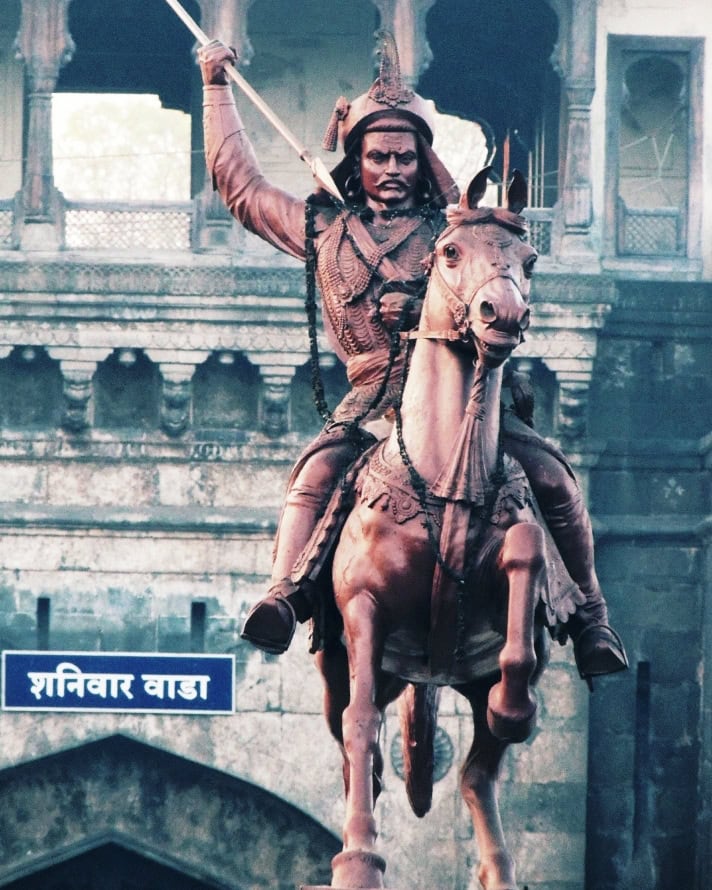
Real Love Story of Bajirao Mastani
Radhabai was the mother of Bajirao. So even though, it was true that the family of Bajirao did not like and accepted Mastani at first. But in the movie, filmmakers highlighted that his mother kept harassing her.
I think this part was totally wrong and created to show someone as a villain character. Because it enhances the love story.
Radhabai had good qualities like sacrifice, dedication, and kindness. She had taught her sons and daughters to treat all religions equally. Therefore, as shown in the film, it does not make sense for her to mistreat Mastani.
After Chimaji Appa imprisoned Mastani, Radhabai was the only woman who released Mastani.
Battles and Campaigns
Since the time of Shahu Maharaj I, the Maratha Empire had its main city in Satara. According to the view of Bajirao, Shahu Raje moved the capital to Pune.
Even though Bajirao had control over the whole army, he never used it for his advantage. Because he knew that Chhatrapati Shahu Maharaj had a lot of trust in him.
He assumed himself as only a soldier who was fighting for his motherland. He did several campaigns to join Baroda, Dhar, Indore, Gwalior. Therefore, the Knights of these kingdoms remained faithful to the Maratha Empire until last.
Fear of Peshwa Bajirao in his enemy
It is said that there was so much fear in the party of enemies about Peshwa Bajirao.
At that time, people believed pregnant ladies in enemy camp automatically get aborted after hearing, “Peshwa Bajirao is coming!”
I am not a medical student! So, I don’t know whether it is possible. Though it emphasizes the terror of Bajirao among enemies.
Therefore, though it is not a historical fact, it has some truth behind it. So Peshwa Bajirao had created such tremendous fear in the enemy.
He did not keep his sight, only limited to Maharashtra. Peshwa Bajirao expanded the Maratha kingdom from Cuttack in the south to Attock in the north, which is now a city in Pakistan. He also captured Goa, Mysore, etc.
He invented many war tactics to enhance the attack. Some countries were also techniques in World War II. Now those techniques and strategies are now taught in defense studies of some countries.
The campaign against Nizam-Ul-Muluk (Asaf Jah-I)
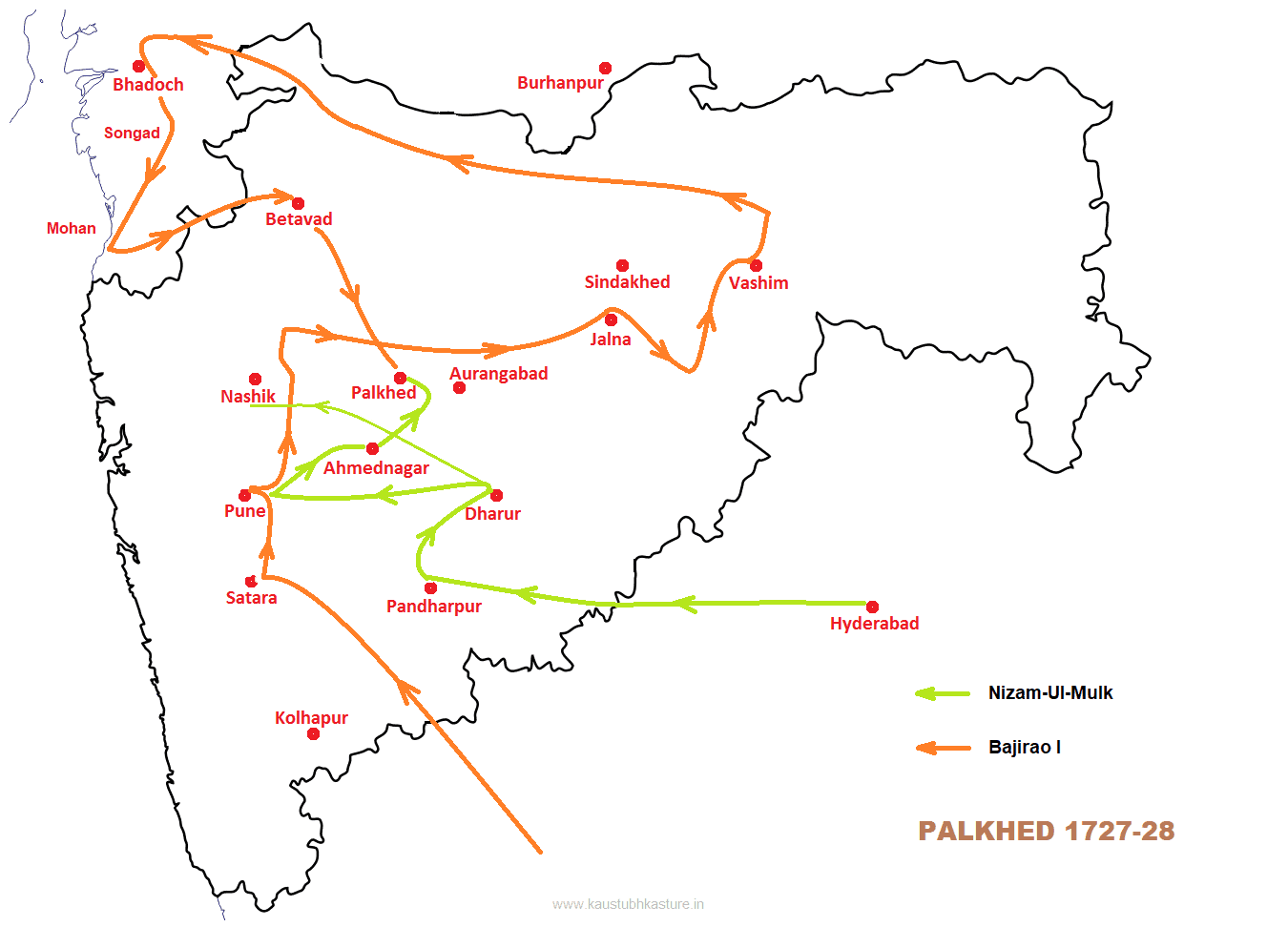
To challenge the new Peshwa Bajirao, the Mughal Emperor made Nizam as Vazir in 1722. Nizam captured regions in Deccan and refused the Maratha to collect taxes from Deccan. The Mughal emperor sent him from Deccan to Aavadh.
Nizam resigned from the post of Vazir and went to Deccan again. Nizam, with the forces led by Bajirao, won the battle of Sakharkheda against the Mughal. After some time, Nizam rebelled against both Maratha and Mughal.
So, in order to teach a lesson to Nizam, Bajirao fought the battle of Palkhed. In that battle, Bajirao defeated Nizam badly and was forced to make peace. Nizam signed a treaty of Mungi, in order to accept the rights of Shahu Maharaj to collect the taxes.
The campaign in Malwa
After Nizam, he started a campaign in the Malwa region in 1723. Its main aim was to collect the taxes. So, he sent Malharrao Holkar, Ranoji Shinde, Tukoji Rao Pawar, Udaji Rao Pawar, Jivaji Rao Pawar to collect the taxes.
Peshwa Bajirao sent huge troops led by his brother Chimajirao Appa with generals Holkar, Shinde, Pawar.
Chimajirao fought the battle of Amjhera with the Mughal. He had defeated the Mughals in that campaign on day of 29 November 1728.
Battle in Bundelkhand
Maharaja of Bundelkhand Chhatrasal was a powerful and valiant Hindu King. But, when he became aged, the Mughals attacked Bundelkhand with Bangash Shah as their commander. Bangash Shah encircled the fort of Bundelkhand and broke the food supply of the fort.
Maharaja Chhatrasal wrote a letter to Bajirao and asked for help. At that time, Bajirao was busy with the Malwa campaign. As soon as he realized that, some nation was in danger.
Bajirao instantly planned a campaign in Bundelkhand. Because of his war skills, he won the battle of Bundelkhand. This battle overthrew the Bangash Shah out of Bundelkhand.
After they won the battle, Maharaja Chhatrasal was indebted to the bravery of Bajirao. So he happily gave one-third of his jagir. He also gave his daughter, Mastani Saiba, who became his second wife of Bajirao. He assigned many of his territories to Marathas before his death.
Gujarat campaign
Bajirao turned his eyes towards the fertile region of Gujarat. He sent the younger brother, Chimajirao Appa, along with a large parade.
At that time, the governor of Gujarat was Sarabuland Khan, who was replaced by Abhay Singh. Both of them accepted the right to collect tax from the Marathas.
Trimbak Rao Dabhade was the commander of Chhatrapati Shahu Maharaj because his ancestors had tried so many times to earn their taxes from Gujarat, so because of jealousy, he rebelled against the Peshwas.
The Mughal Emperor sent Jai Singh II to defeat the Marathas, suggesting that he would conduct a pre-dialogue with the Marathas.
The Mughal emperor became frustrated, and he sent Muhammad Khan Bangash to the place of Jai Singh. Bangash made a union with Trimbak Rao and Sambhaji II.
On 1 April 1731, Peshwa Bajirao defeated the army in the battle of Dabhoi. But Mughals killed Trimbak Rao in that battle.
After signing the treaty, Bajirao set the limits for the lands of Sambhaji II and Chhatrapati Shahu Raje. Nizam also had a met with Bajirao and they both agreed not to meddle in the territories of each other.
The Son of Trimbak Rao, named Yashwant Rao, also given the right to collect taxes. But on the condition that they would deposit half of the amount in the Maratha treasury.
The campaign in Konkan against Siddhi
The Siddhi of Janjira was based on the important western coast of Maharashtra. So this port was important for trading and import-export business.
In the reign of Chhatrapati Shivaji, he already had a reduced influence of the Siddhi in the west. But the death of Shivaji Maharaj made him fearless.
Hence, he started his expansion towards central Konkan. In the clan of Siddhis, there was the sudden death of their leader, named Siddhi Rasul Yakut Khan. His death resulted in the War of Succession in the clans of Siddhis.
One of his sons, Abdul Rahman, made an alliance with the Marathas. Then, Bajirao sent an army with Sekhoji Angre to Konkan.
On the day of 19th April 1736, Bajirao sent Chimajirao Appa to Konkan campaign. He successfully completed his campaign by killing about 1500 troops of Siddhi. The Maratha army successfully captured many forts and regions of Siddhi.
After the death of Sambhaji Maharaj, Raigad was not part of the Maratha Kingdom. In 1733, the Maratha army took back Raigad Fort under the leadership of Peshwa Bajirao.
Invasion of Delhi
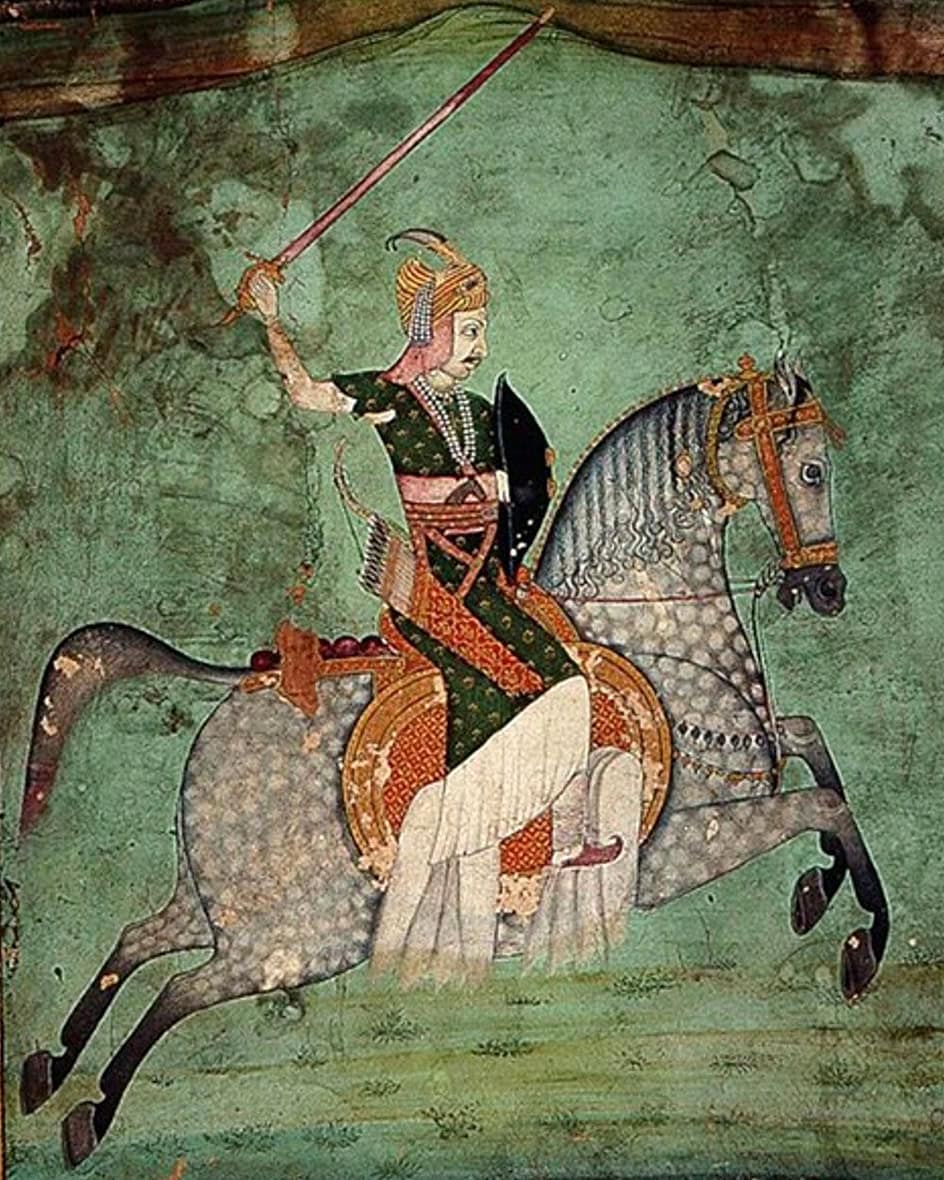
In November 1736, Bajirao planned to conduct a surprise attack on Delhi. Malharrao, who was one of his colleagues in this mission. Then the Mughal Emperor sent his knight Sadat Khan to fight against them.
Sadat Khan gathered all his power for the incoming battle. In order to defeat the Maratha army, he gathered around a one and a half-lakh army.
It shows the fear of Marathas among their enemies. But the plan was not to fight, so as per the plan, Malharrao left the battleground. Seeing this, the Mughal army returned. Bajirao played their real tricks.
They covered the distance of 9 days in 3 days with 500 expert horse riders and made a siege to Delhi. It is being one of the fastest attack event happened in history. They sieged Delhi for 3 days.
Bajirao did not have an interest in Delhi. He wanted to show the power of Maratha to the world. It is obvious that this, for Peshwa Bajirao winning Delhi, was just a small thing.
Nizam again rebelled against the Maratha Empire. Nizam made a union with the Mughal.
On December 24, 1737, there was a significant battle between the union forces of Nizam and Mughals against Peshwa Bajirao. In the end, Peshwa Bajirao won that battle.
That was the biggest victory of Peshwa Bajirao and Marathas, and that was the biggest defeat in the history of Mughals.
Death
According to history, Peshwa Bajirao passed away at a young age because of a high fever. His early death came as a huge surprise, not only to the Maratha Empire but also to enemies.
After his death, foreigners had time to stay in India for growth and stability. The British made the most of its use.
The British ruled over Indian land for 200 years. They used to treat Indian people as slaves.
Peshwa Bajirao was the most precious jewel in India who dedicated his life to Hindavi Swarajya.
He was truly fulfilled the dream of Shivaji Raje as he made Hindavi Swarajya powerful and intact. Due to his successful efforts, he was able to flaunt the Maratha flag beyond attack, currently in Pakistan and Cuttack in the South.
I hope you enjoyed learning about the history of Peshwa Bajirao. Please join the free newsletter for the latest upcoming content. We would also be grateful if you could share this piece of content with your friends, family, or on social media.
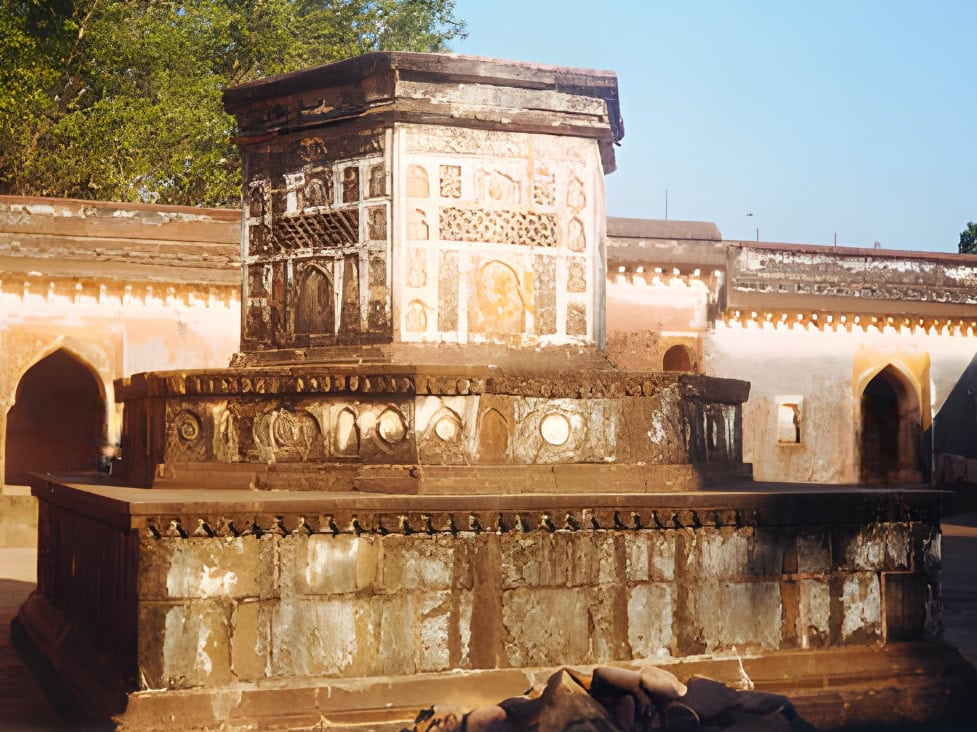
FAQs
Relationship between Peshwa Bajirao with Balaji Peshwa?
The relations of Peshwa Bajirao with his father Balaji Vishwanath were mostly friendly. From his early life, his father teaches him a lot. He also likes to go with his father on different military campaigns.
Who was peshwa Bajirao?
There were two Peshwa Bajirao in Indian History. First one was Thorale Bajirao, which is the second Peshwa of Maratha Kingdom. He was the most successful Peshwa of Maratha History.
Second Peshwa was Peshwa Bajirao-II, a son of Raghunath-Rao. He surrendered to the British East India Company. The British sent him to the fort of Bithur at Kanpur. Hence, he became the last Peshwa of the Maratha Kingdom.
Images Credits
- Featured Image: Peshwa Bajira I on horse at Shaniwar Wada, Credit: Amit20081980, Source: Wikimedia
- Replica of Royal Seal of Bajirao Peshwa in Shaniwar Wada, Credit: आर्या जोशी, Source: Wikipedia
- Bajirao Peshwa Statue in front of Shaniwar Wada, Credit: VijaeGoray, Source: Wikipedia
- Peshwa Bajirao and His Enemy Nizam-Ul-Mulk Movements in Palkhed Campaign, Credit: Mahusha, Source: Wikipedia
- Peshwa Bajirao Painting, Credit: Wikimedia
- Bajirao Peshwa Samadhi at Raverkhed, Credit: Sachinkadam1, Source: Wikipedia
About the Author
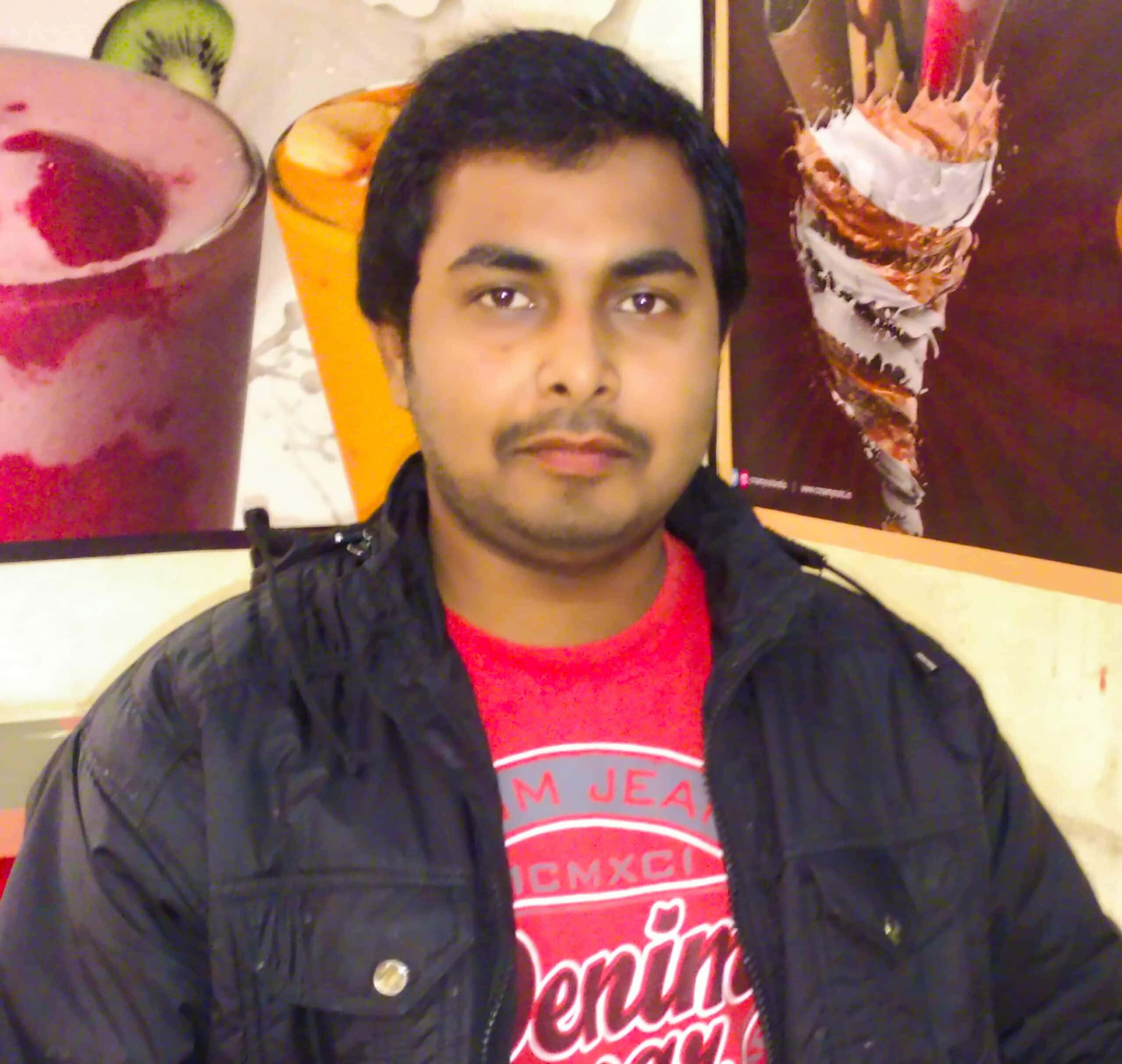
Ashish Salunke
Ashish is a skilled biographer and content writer specialized in crafting captivating historical narratives. Through HistoricNation, he skillfully merged his IT expertise with the art of storytelling.
